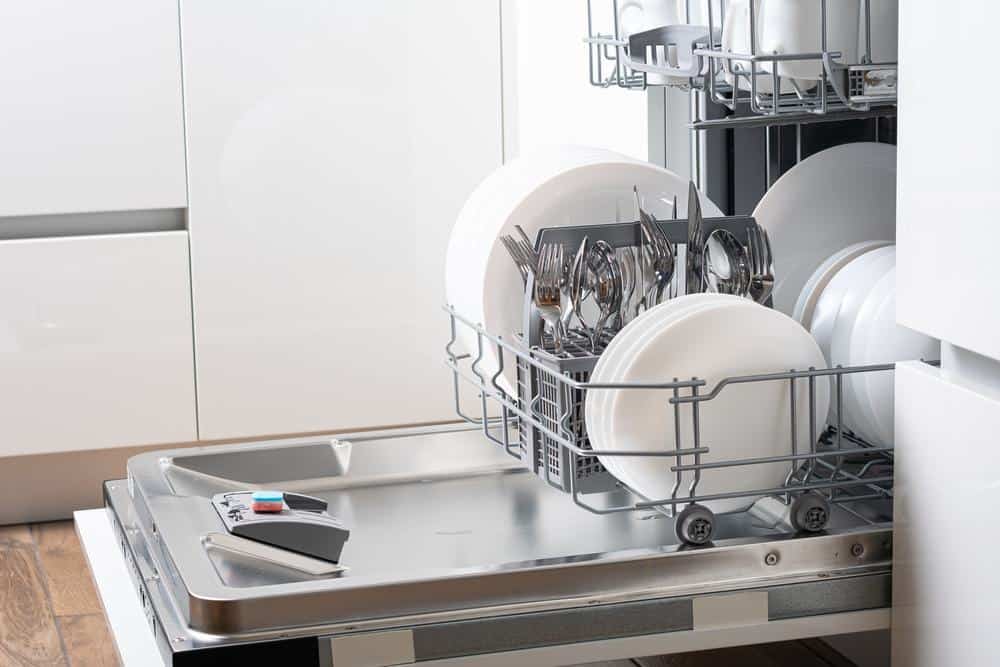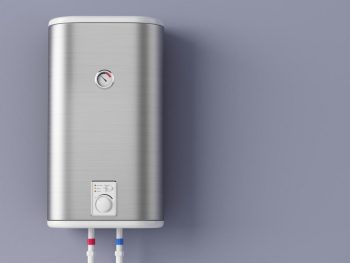
When it comes to choosing a dishwasher, there are several factors to consider. From size and capacity to energy efficiency, noise level, and the latest technological advancements, each aspect plays a significant role in the appliance’s overall performance and convenience. This comprehensive guide will delve into all these factors and more, providing you with the essential knowledge to make an informed dishwasher purchase.
When looking for a dishwasher, consider its size and capacity to ensure it fits your kitchen space and meets your dishwashing needs. Check its cleaning performance and energy efficiency, with ENERGY STAR certified models being the most efficient. Noise level is also a factor, especially in open-plan homes. Features such as wash cycles and smart connectivity can add convenience, while the design should match your kitchen aesthetic. Lastly, consider the installation and maintenance requirements, warranty, and customer service offered by the brand.
Size and Capacity
The size of your dishwasher should align with the space available in your kitchen. Most standard dishwashers measure about 24 inches across and 34 inches high. Compact dishwashers, on the other hand, are suitable for small kitchens or households, with a width of around 18 to 24 inches and a lower height.
The capacity of a dishwasher is typically gauged by how many complete, five-piece table settings can fit inside during a normal wash. Average built-in dishwashers can hold about 12 place settings, while larger capacity models can hold 14 or more.
Cleaning Performance and Energy Efficiency
A dishwasher’s cleaning performance is a crucial factor to consider. Look for a model that effectively cleans dishes, and don’t be swayed by extra features that don’t contribute to overall cleaning power.
Energy efficiency is another important consideration. ENERGY STAR certified dishwashers use, on average, 12% less energy and 30% less water than standard models. Look for the ENERGY STAR label to ensure the model meets strict energy efficiency standards.
Noise Level
A quieter dishwasher can provide a more peaceful kitchen environment. Some of the quietest dishwashers on the market have noise ratings around 38-40 dB. However, once you go below 44 dB, the differences in volume aren’t even noticeable to the human ear in a home environment.
Features and Design
Consider the dishwasher’s design and finish to match your kitchen’s aesthetic. Dishwasher finishes include stainless steel, black stainless steel, and panel-ready options.
Many dishwashers come with at least three settings: normal, heavy, and light. Additional options may include energy-saving wash cycles or the ability to turn off heated dry. Some dishwashers offer smart connectivity, allowing you to control your dishwasher from your smartphone or using digital personal assistants.
Installation and Maintenance
Ensure that the dishwasher fits properly in the designated space and that you have the necessary tools and materials for installation. Regular cleaning and maintenance are essential for optimal dishwasher performance. Clean the filter, door, seals, and spray arm periodically. Perform a monthly deep clean using vinegar or a commercial dishwasher cleaner.
Warranty and Customer Service
Warranty and customer service options vary among dishwasher brands. Most brands offer a one-year limited warranty for manufacturer defects, plus additional coverage for certain parts. Compare different brands and their warranty offerings before making a decision.
Conclusion
By considering these factors, you can find a dishwasher that suits your needs and preferences. Remember to compare different models and brands, and don’t forget to check out reviews and ratings from sources like Consumer Reports and Wirecutter to find the best dishwasher that suits your needs and preferences.
Frequently Asked Questions
What does the term “place setting” mean in terms of dishwasher capacity?
A “place setting” refers to the amount of dishware and cutlery that one person would use during a meal. This typically includes a dinner plate, a dessert plate, a single glass, a tea cup with its corresponding saucer, and a set of cutlery.
How do I measure my kitchen space to fit a dishwasher?
To measure your kitchen space for a dishwasher, you’ll need to measure the width, depth, and height of the space where the appliance will go. Make sure to account for any obstructions such as cabinets, plumbing, or electrical outlets.
What is the difference between a standard and a compact dishwasher?
A standard dishwasher typically measures 24 inches wide and can accommodate up to 12 or 14 place settings. A compact dishwasher, on the other hand, is about 18 inches wide and can hold up to 8 place settings. Compact dishwashers are ideal for small kitchens or households.
How often should I clean my dishwasher?
It’s recommended to clean your dishwasher once a month to ensure optimal performance. This includes cleaning the filter, door, seals, and spray arms, as well as performing a deep clean with vinegar or a commercial dishwasher cleaner.
What is an ENERGY STAR certified dishwasher?
An ENERGY STAR certified dishwasher meets strict energy efficiency guidelines set by the U.S. Environmental Protection Agency. These dishwashers use less energy and water compared to standard models, which can save you money on utility bills and help protect the environment.












